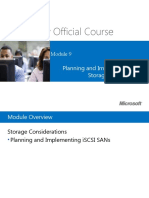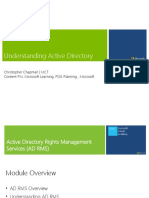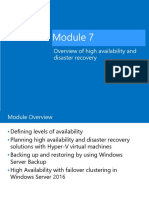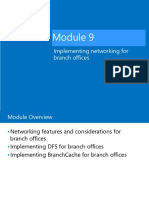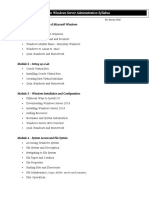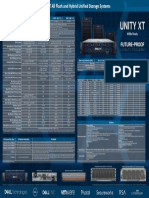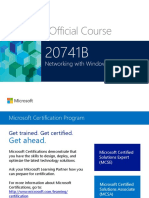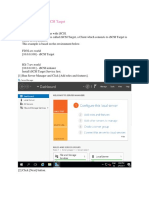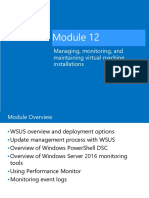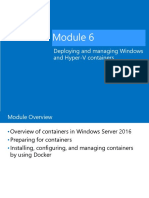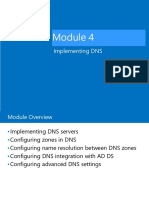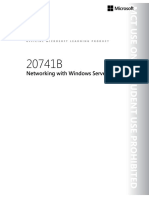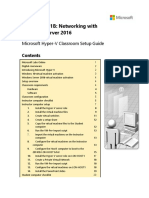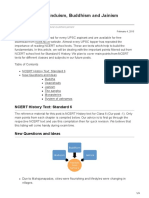0% found this document useful (0 votes)
263 views36 pagesImplementing Enterprise Storage Solutions
Module 3 covers implementing enterprise storage solutions. Lesson 1 provides an overview of DAS, NAS, and SANs, comparing their advantages and disadvantages. Lesson 2 compares Fibre Channel, iSCSI, and Fibre Channel over Ethernet protocols. Lesson 3 discusses iSNS for discovery of iSCSI devices, DCB for network traffic prioritization, and MPIO for multi-path connectivity to storage.
Uploaded by
SanitaracCopyright
© © All Rights Reserved
We take content rights seriously. If you suspect this is your content, claim it here.
Available Formats
Download as PDF, TXT or read online on Scribd
0% found this document useful (0 votes)
263 views36 pagesImplementing Enterprise Storage Solutions
Module 3 covers implementing enterprise storage solutions. Lesson 1 provides an overview of DAS, NAS, and SANs, comparing their advantages and disadvantages. Lesson 2 compares Fibre Channel, iSCSI, and Fibre Channel over Ethernet protocols. Lesson 3 discusses iSNS for discovery of iSCSI devices, DCB for network traffic prioritization, and MPIO for multi-path connectivity to storage.
Uploaded by
SanitaracCopyright
© © All Rights Reserved
We take content rights seriously. If you suspect this is your content, claim it here.
Available Formats
Download as PDF, TXT or read online on Scribd
/ 36

